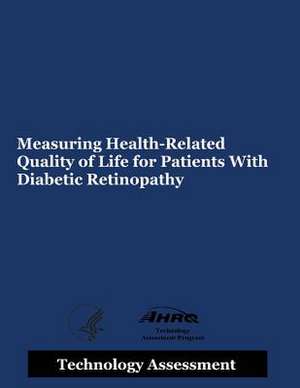Measuring Health-Related Quality of Life for Patients with Diabetic Retinopathy
Autor Agency for Healthcare Resea And Quality, U. S. Department of Heal Human Servicesen Limba Engleză Paperback
Preț: 139.56 lei
Preț vechi: 146.90 lei
-5% Nou
Puncte Express: 209
Preț estimativ în valută:
26.70€ • 29.10$ • 22.50£
26.70€ • 29.10$ • 22.50£
Carte disponibilă
Livrare economică 02-16 aprilie
Preluare comenzi: 021 569.72.76
Specificații
ISBN-13: 9781503222212
ISBN-10: 1503222217
Pagini: 150
Dimensiuni: 216 x 279 x 8 mm
Greutate: 0.36 kg
Editura: CREATESPACE
ISBN-10: 1503222217
Pagini: 150
Dimensiuni: 216 x 279 x 8 mm
Greutate: 0.36 kg
Editura: CREATESPACE
